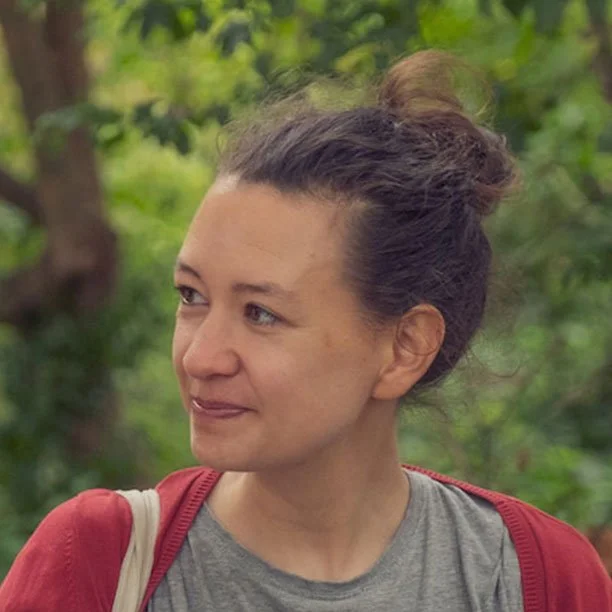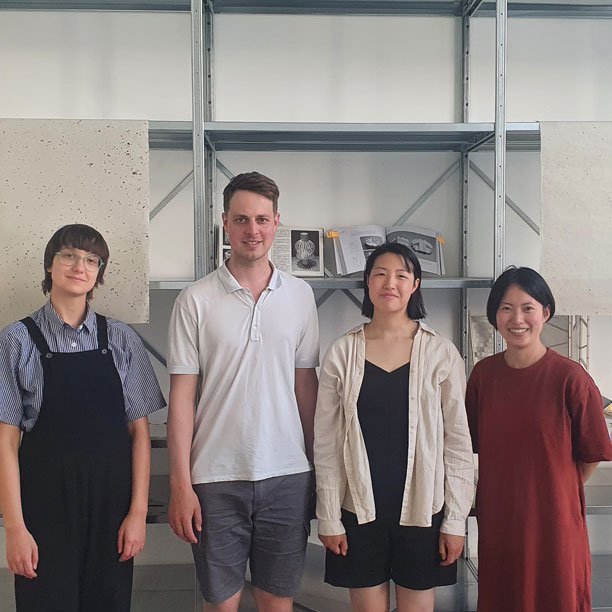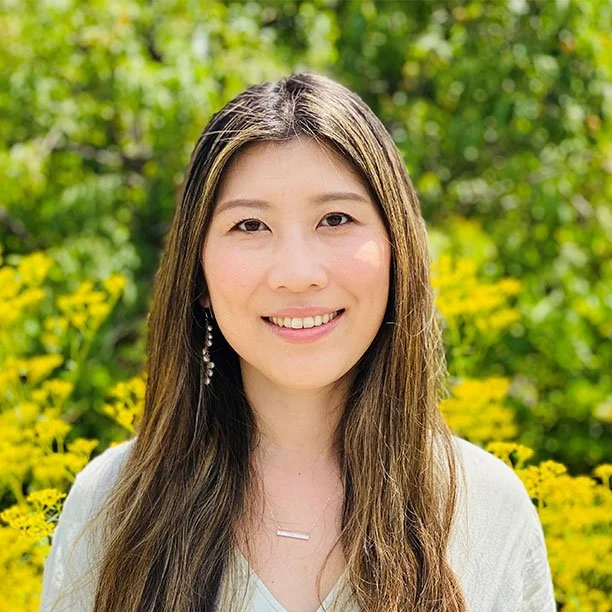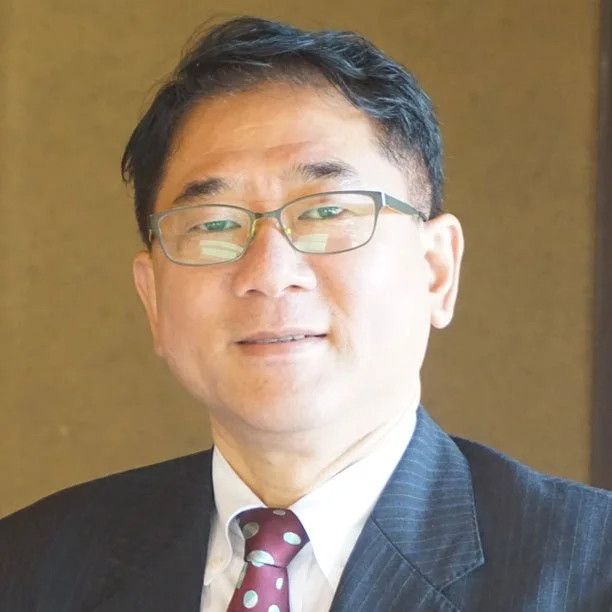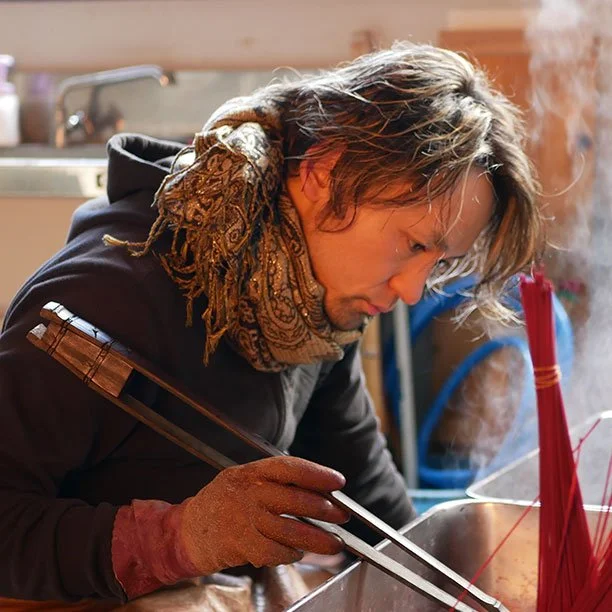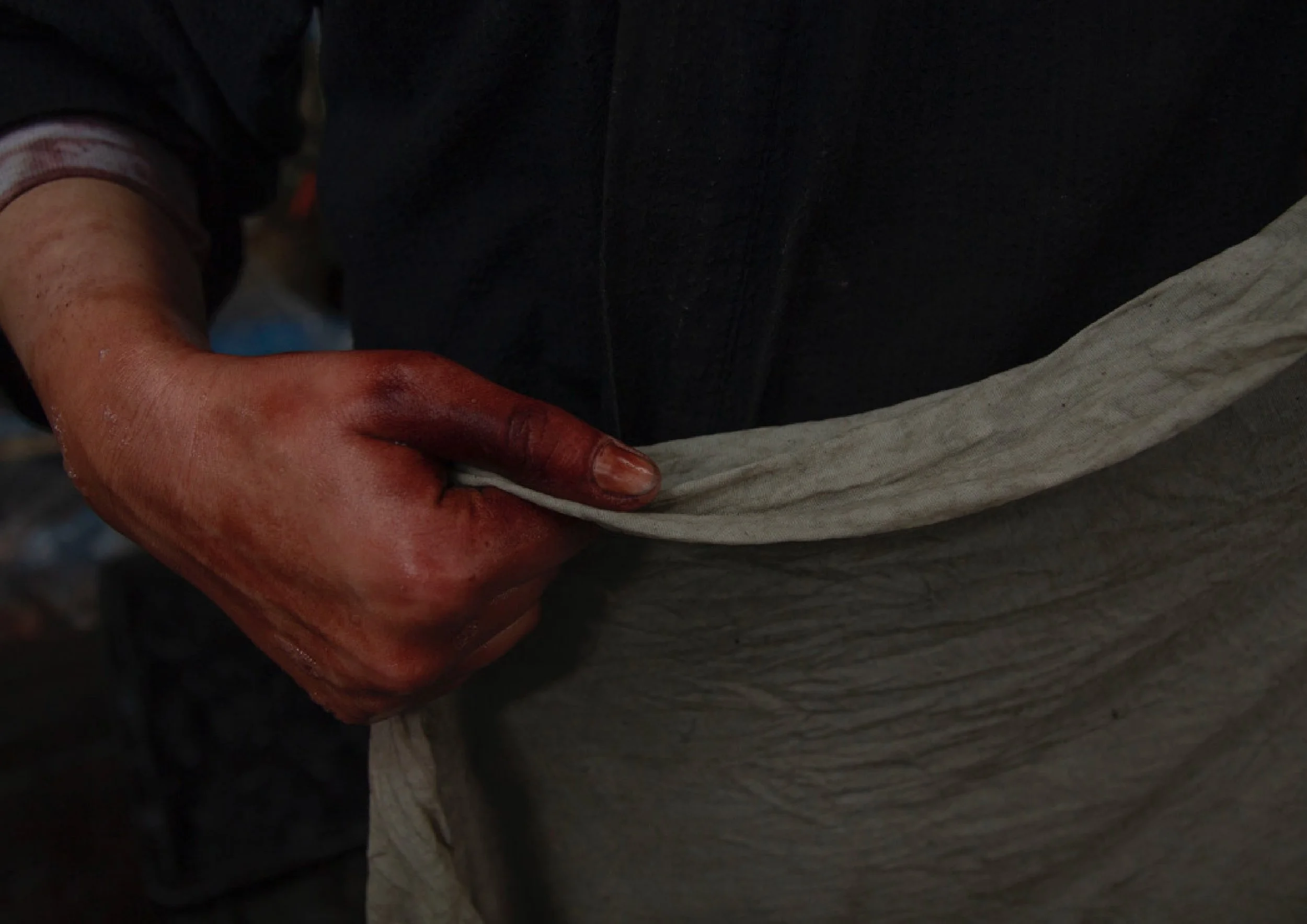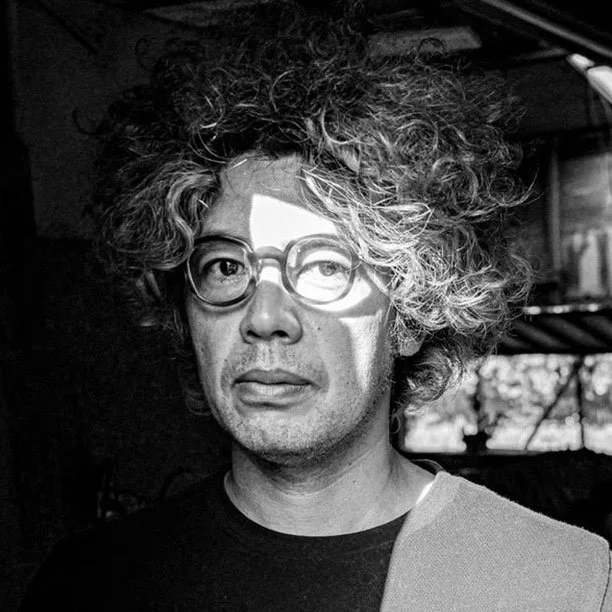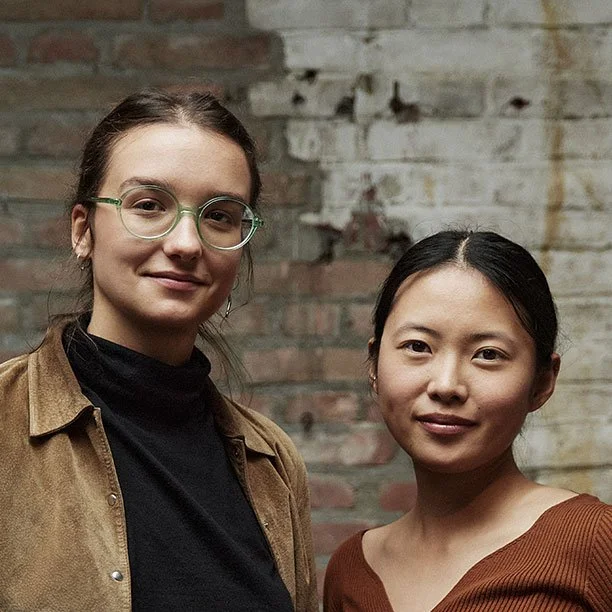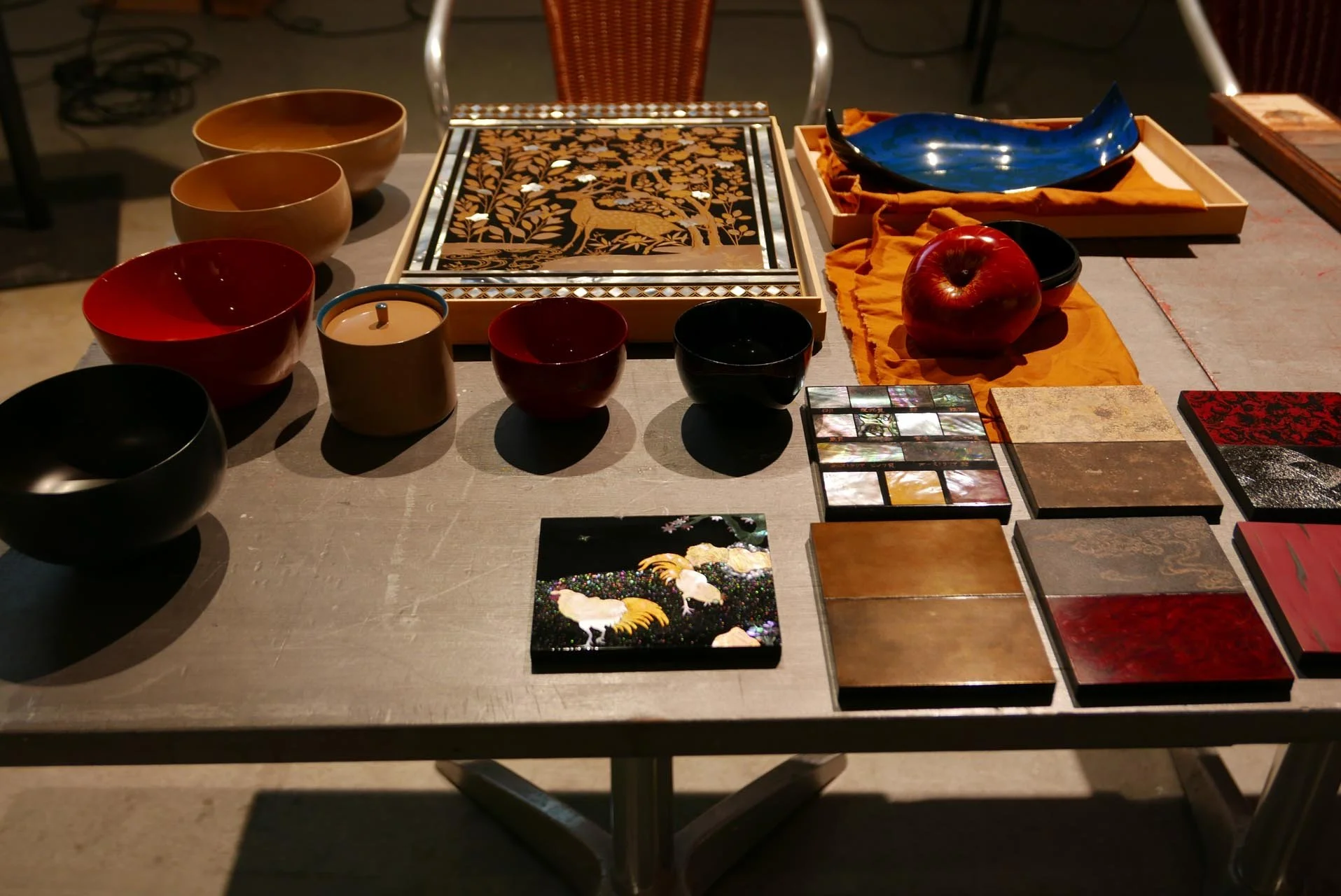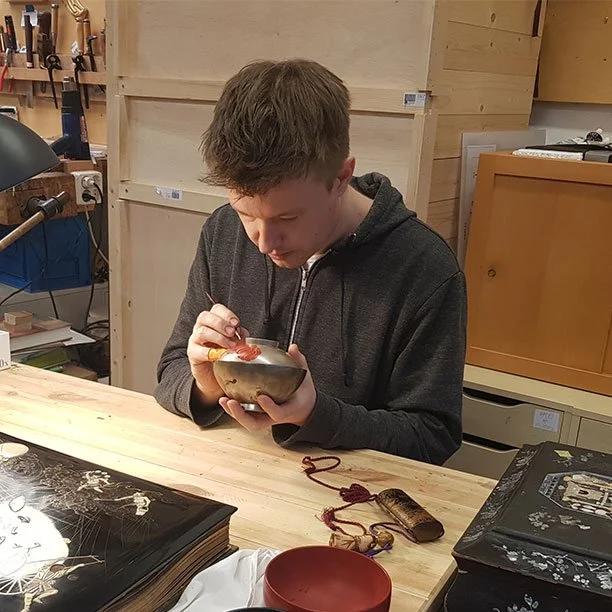Lectures
The Story of Objects, Words, and People
As always, all the lectures held at the MONO JAPAN venue this year will be free. Don't miss the exclusive talks from experts and creators about traditional Japanese crafts, techniques, and materials. This is a rare chance for a Dutch audience to experience Japanese craftsmanship and knowledge first-hand in The Netherlands.
Free admission and no pre-booking required to all lectures with a valid entrance ticket to MONO JAPAN 2022.
Lecture 01.
Innovative Washi
Time: 16:00 - 17:20
Location: Lecture area
Paper is not only paper: the richness of its material properties defies a single definition. While cheap office paper may be abolished in the near future, could some other kinds of fiber-membrane experience a renaissance?
For this talk, professionals of diverse expertise come together to discuss the fascinating qualities of handmade papers they are dealing with in their practices.
What are the functional and symbolic values of these special materials? What does it mean to produce and process them? How are knowledge and recipes shared, preserved or advanced?
From electronically-conductive papers and experimental local resources to evolving traditions, this talk explores what ‘paper’ could mean in the future.
Speakers
So Kubota
So Kubota is a craftsman of the unique traditional papermaking process “sekishu washi”, registered as a UNESCO Intangible Cultural Heritage of Humanity. This craft comprises the maintenance of pure water wells, growing and harvesting mulberry groves among many other natural ingredients which are effortfully hand-processed into sheets of sekishu washi - a paper esteemed for its precious appearance and tactility.
Annelinde De Jong
Paper artist Annelinde De Jong makes paper from local ingredients, and turns them into spatial installations. During a study trip she learned to make paper in the traditional Japanese way. Since then she has been experimenting with Eastern and Western raw materials and techniques to create spatial installations and objects with hand made paper.
Washi Exploratory (Martina Huynh, Jonas Althaus, Pauline Agustoni, Satomi Minoshima)
The designer collective ‘Washi Exploratory(Martina Huynh, Jonas Althaus, Pauline Agustoni, Satomi Minoshima) are researching the material and immaterial values of handmade paper, as well as strategies for the mise-en-scène of paper. Their recent collaboration with sekishu washi artisans resulted in an exhibition at MONO Japan 2022.
Lecture 02.
Family Business Innovation Lab Presents “Inherited Family
Business Tradition x Dutch Design” Collaboration talk on expanding the business into the European market
Time: 13:00 - 14:00
Location: Lecture area
NN Life, a member of the NN Group, co-sponsors the Family Business Innovation Lab, an activity to support innovation among successors of family businesses. As part of the programme, they have launched ‘Craft Runways’ that supports successors of traditional manufacturing industries with their business expansion into Europe. This gives the manufacturers the opportunity to develop products in collaboration with designers active in the Netherlands.
Taking the first steps towards overseas expansion, the target market is the Netherlands where NN Life has its roots. With MONO JAPAN as local advisor, the programme provides basic knowledge on world-class, cutting-edge trends, marketing and distribution in the European market.
Three companies participated in this year's programme after selection processes. In the Ideation Workshop where collaborative designer Carole Baijings participated as an advisor, the companies reviewed their commercial products and technologies, redefined the value they can offer and presented new ideas of their products and services for the European market. After selection and matching by experts, one company is awarded with the opportunity to collaborate with Carole Baijings and the collaboration between the two will finally begin. They aim to commercialise their ideas and plans and to present the results of the collaboration at MONO MONTHLY in January next year.
In this lecture, the selected Japanese manufacturer and designer Carole Baijings will talk about their enthusiasm in presenting new values to the world, by crossover of Japan Craft's traditions and techniques with Dutch Design, as well as expectations and future prospects of their collaboration.
Speakers
Carole Baijings
Co-Founder of the Amsterdam-based studio Scholten & Baijings until 2019, Carole Baijings is widely regarded as one of the most exciting, innovative and dynamic industrial designers in Europe. A self-confessed perfectionist, her work – which includes ceramics, glassware, textiles, furniture and electronics – is distinguished by a carefully considered use of colour, pattern and graphic elements.
Yumiko Hoya
NN Life Insurance Company, Ltd., CSV Initiatives Team/ Family Business Innovation Lab committee
Lecture 03.
Preserving Japanese art with Japanese crafts: generations of professionals and materials
Time: 14:30 - 15:30
Location: Lecture area
This lecture outlines the restoration project of a masterpiece folding screen from Nagasaki. In addition, original materials and tools used in the restoration will be shown to the audience.
Japanese paintings have historically been mounted as scrolls and folding screens. This way, the art works are actively used objects, hung up or folded out and set up for specific occasions, religious ceremonies, or simply to fit the season. This flexibility in use also means that the art objects are subject to wear. Japanese paintings therefore require remounting every so many decades. The highly regarded craft of mounting and remounting paintings has a long history, and professionals doing this work are known as hyôgushi.
Naoharu Usami, who runs the studio Shûtokudô in Kyoto, follows in a line of many generations of hyôgushi. The difference with his ancestors, is that the profession of mounting and remounting Japanese paintings is under pressure. There are several factors; the materials used in mounting paintings are becoming scarce.
The hyôgushi relies on other craftspeople who provide hand-made paper, woven silk and brocades, hand-printed decorative paper, and specialist tools. Using the example of the folding screen depicting the artificial island of Deshima in Nagasaki Bay, now on display in Museum Volkenkunde, Leiden, Naoharu Usami will explain the challenges such large scale restoration projects pose to today’s craftspeople. He is accompanied by Daan Kok, curator Japan and Korea at the museum, who will give additional explanation of the research conducted on papers found inside the folding screen, when it was dismantled for remounting.
Neem een kijkje achter het scherm van Keiga | Volkenkunde in Leiden
(blog about the restoration)
Speakers
Naoharu Usami
Owner of Restoration Studio Shûtokudô, Kyoto
website of USAMI SHUTOKUDO
Daan Kok
Daan Kok is curator of the Japanese and Korean collections at the National Museum of Ethnology, Leiden, part of the National Museum of World Cultures.
Lecture 04.
Bamboo forest degradation in Japan and Sustainable Design
Time: 16:00 - 17:00
Location: Lecture area
Bamboo forest degradation is an issue in Japan as consumption of bamboo in traditional Japanese crafts and tools has declined significantly. The members of the MONO JAPAN Online AIR - Bamboo Project will discuss the reuse of bamboo as material, from a sustainable design perspective.
Speakers
Studio Nienke Hoogvliet
Studio Nienke Hoogvliet is a design studio based in The Netherlands. Through their material research, experimental and conceptual approach they use design as a tool to shape new perspectives. For the ‘Bamboo’ project for MONO JAPAN AIR Nienke collaborated with Tim Jongerius, who practices design and architecture. Recently they worked together on the Value // Values project, researching how transparency influences the way we value objects.
Chikara Kojima
Chikara Kojima’s work focuses on traditional dyeing and braiding techniques in Oita prefecture. He is actively incorporating modelling that makes the best use of the characteristics of each material by combining materials other than bamboo, and is engaged in activities that go beyond the frameworks of general bamboo crafts.
Local coordinator, Toshihiko Nishida
Oita is famous for being surrounded by rich nature, its hot springs and its bamboo crafts. The city government, worried by its declining population, wants to support the traditional bamboo trade and maintain the artisanship of bamboo techniques, typically used to make household accessories. The city reacted positively to MONO JAPAN’s proposal to participate in the ONLINE AIR program, and to match a modern Dutch design studio with bamboo specialists from Oita to enhance international collaboration.
Lecture 05.
Dorozome: the art of mud-dyeing
Time: 13:00 - 14:20
Location: Lecture area
Dorozome is a mud-dyeing technique originated from southern Japanese island Amami Oshima. It is a fascinating technique during which silk threads are repeatedly dyed -there are close to one hundred dyeing steps- until they reach a deep black colour.
Dorozome artisan Yukihito Kanai and designers Satomi Minoshima and Pauline Agustoni will get together to talk about the process, beauty and future of mud-dyeing. They will come back on special moments of their joint work for the project Craft Portrait: Dorozome and reflect on the value that the collaboration between designers and artisans can bring.
Speakers
Yukihito Kanai / KANAIKOUGEI
Yukihito Kanai runs KANAIKOUGEI and inherits the mud-dyeing techniques handed down in the Amami Oshima island to the present day. Not bounded by the framework of traditional crafts, he creates unique natural dye products at his own mud dye workshop at Amami Oshima island.
Pauline Agustoni and Satomi Minoshima
Pauline Agustoni and Satomi Minoshima met during their studies at Design Academy Eindhoven in the Netherlands. Allying Satomi’s sensitivity towards graphics and materials and Pauline’s hands-on approach and research skills, they developed a unique way of working that is based on understanding and expressing a subject from the inside. Together, they initiated Craft Portrait, a series of design projects exploring contemporary craftsmanship.
Lecture 06.
Urushi: an introduction
Time: 17:00 - 18:00
Location: Lecture area
Japanese lacquer or urushi is a fascinating, but little known material that has been used to decorate items for thousands of years. It takes many years to train in lacquer; the process is highly labour-intensive, and uses many precious materials such as mother of pearl and pure gold. In this lecture, we will discuss some of the basic properties of lacquer, combined with demonstrations of gold sprinkling. We will also briefly touch upon the aesthetics and philosophies behind lacquer art. Some may already be familiar with these through the increasingly popular kintsugi, which originally uses lacquer to repair broken ceramics and gold sprinklings to enhance the fractures.
Speakers
Dave van Gompel
Dave van Gompel is an art historian and restorer. After working for the Rijksmuseum, he lived in Japan for five years to study traditional lacquer art, and in particular maki-e or paintings in sprinkled gold. After graduating from the Tokyo University of the Arts, he returned to Amsterdam to start his business as a lacquer restorer. He also publishes on the topic of lacquer art, and is involved with the production of a new generation of lacquer ware that seeks to bring together western designers and Japanese craftspeople.




